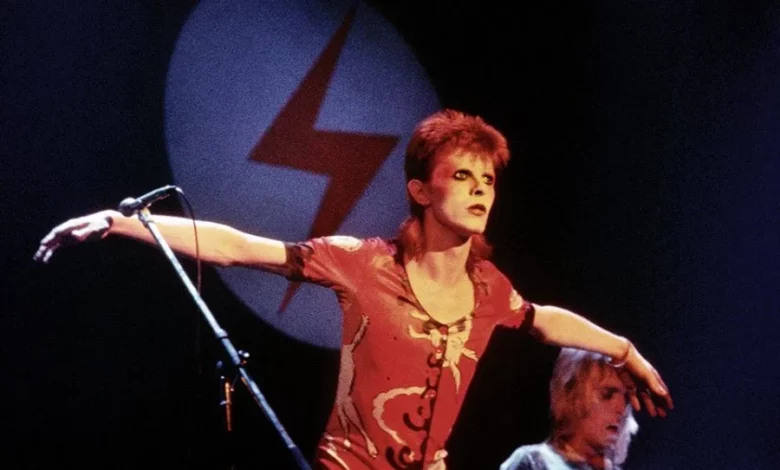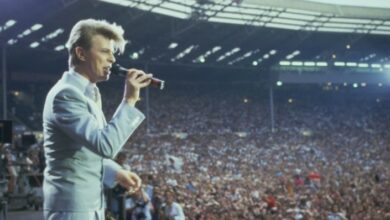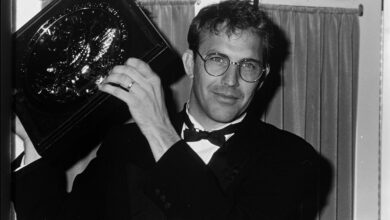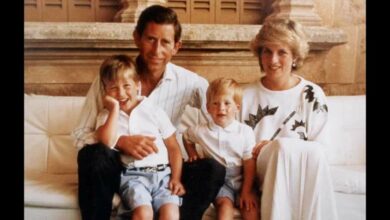The reason why David Bowie discontinued his stage personas

With a career spanning 50 years of relentless creative metamorphosis, David Bowie established a legacy that has gone largely unparalleled in popular music. Long before his experimental spell in Berlin with Iggy Pop and Brian Eno, or his humbly-admitted ‘Phil Collins era’ of the mid-1980s, Bowie was a young scally circling the streets of London that were blooming with the creative energy of the 1960s.
In the mid-1960s, Bowie’s career was slow to take off. He was limited by the nature of his early material, which seemed somewhat detached from the normal boundaries of rock and roll with its tongue in cheek delivery that often seemed more at home in some bizarre children’s stage production. Alas, Bowie’s 1967 debut album was a critical disappointment and so marked the beginning of a quiet two years for the frustrated artist.
Bowie found his footing in 1969 with the release of Space Oddity, an album that still wasn’t critically acclaimed, but its eponymous lead single was timed to perfection with the moon landings of 1969 and became his first major hit. The single also importantly ignited Bowie’s idea of characterising himself for the stage.
While the ‘Space Oddity’ protagonist, Major Tom, wasn’t one of his fully-fledged stage personas, it was one of the most significant characters. Major Tom appeared again 11 years later in Bowie’s hit track ‘Ashes to Ashes’. The lyrics: “We know Major Tom’s a junkie / Strung out in heaven’s high / Hitting an all-time low,” document the unfavourable changes that had occurred in Bowie’s life throughout the 1970s as his cocaine addiction reached a point of crisis during his Thin White Duke phase.
Throughout the 1970s, Bowie was noted to have had five distinctive characters that he would seemingly hide behind on stage and use as a primary creative force. His most well-known characters were Ziggy Stardust (1972-73), Aladdin Sane (1973), Halloween Jack (1974), and the Thin White Duke (1975-76).
In a 1990 interview during his Sound and Vision tour, Bowie was asked what the reason was for his use of alter-egos. “Well, twofold,” He answered. “One was the fact that I didn’t particularly feel comfortable performing as a straight-ahead singer on stage. My interest had always been in one of the better word multimedia-type situations. I liked the idea of combining theatre, music, and the whole atmosphere of creating for the stage.”
He continued: “I thought that was terribly important; it was to me anyway. That was what I wanted to do. So then, it became necessary to devise characters to sing the songs of these little stories that I was writing. Very much of the first three or four albums that came out of that period were theatrical undertakings with music.”
He explained that over time, he felt comfortable being himself on stage. “Then I started quite like singing them on my own. So, I had to get rid of them. The last one, I think, was probably in 1976 with Thin White Duke. Since then, it has been very much a question of… I think all the tours since then have just been me. they might have been pretty jazzy looking, some of them, but they weren’t done as a character.”
Listen to David Bowie’s ‘Station to Station’ below. The song references his final major persona, The Thin White Duke.





